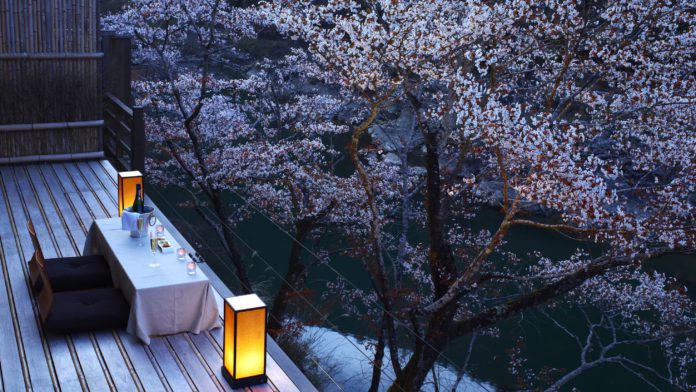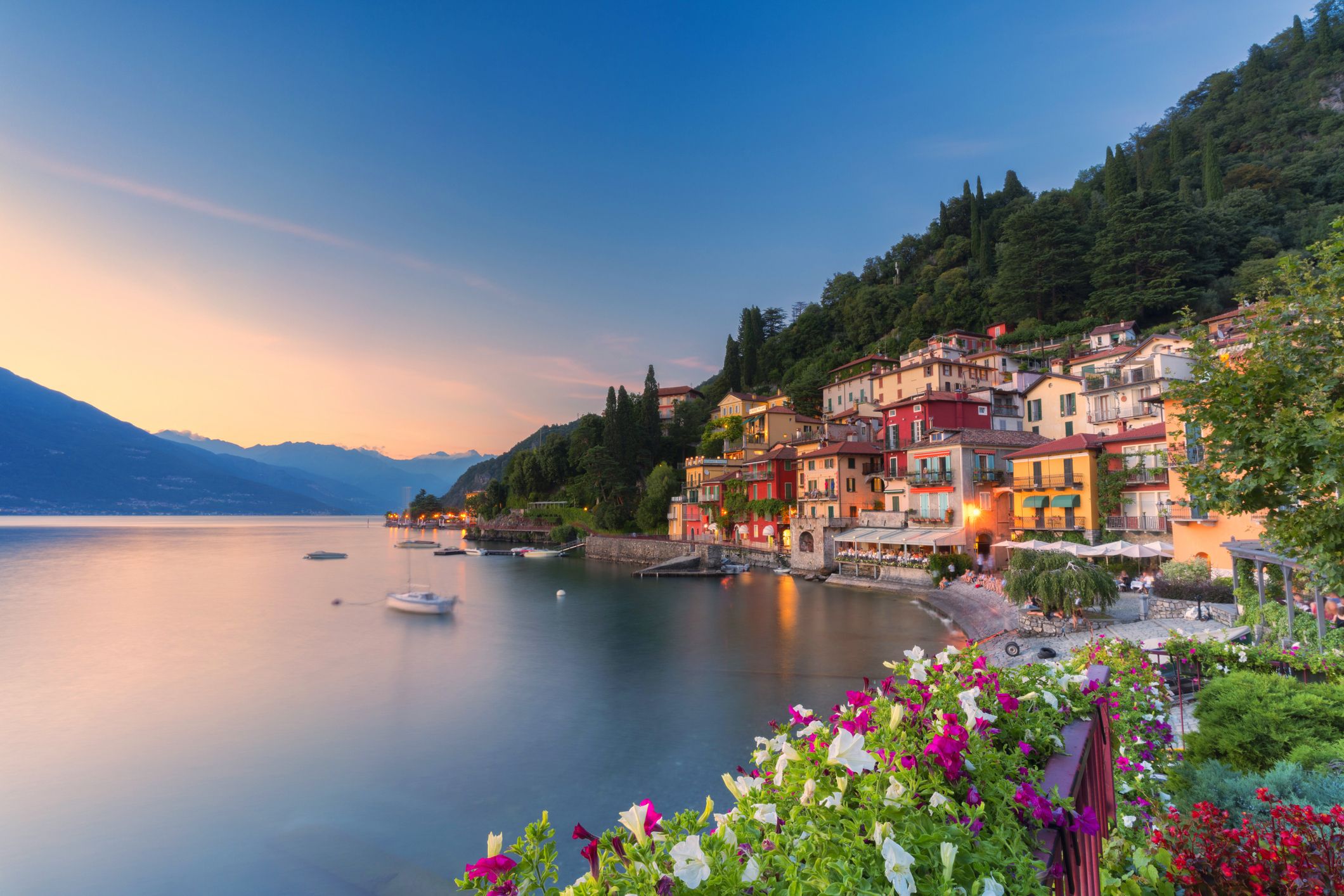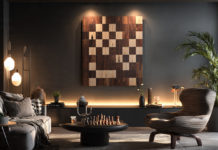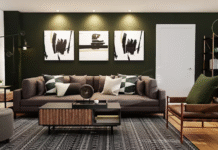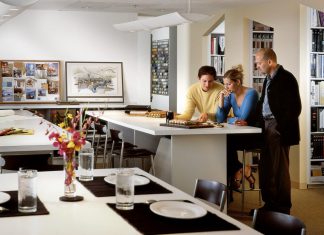In the world of interior and architectural design, the conversation often revolves around function, aesthetics, and materials. But there’s another dimension that’s just as crucial—emotion. How we feel in a space can be just as important as how it looks, especially when it comes to romantic environments designed to foster connection, intimacy, and memory.
Whether it’s a candle-lit room in a Tuscan villa, a rooftop terrace overlooking Florence, or a cozy, restored farmhouse in Umbria, certain spaces evoke feelings that go far beyond visual beauty. They create mood, spark emotion, and often become the stage for some of life’s most meaningful moments.
The Architecture of Romance
Romantic design isn’t about cliché hearts and flowers. It’s about how light moves through a room, how textures invite touch, and how a space encourages closeness and reflection. In Italy, where history and design intersect so effortlessly, romantic spaces are often built into the very fabric of the architecture.
Stone walls carry stories. Arched windows frame landscapes like paintings. Terracotta floors stay cool under bare feet during hot summer nights. The romance comes not from decoration, but from craftsmanship and character—the kind of design that speaks quietly, but profoundly.
Creating Spaces That Hold Emotion
Designers today are paying more attention to how a space feels, not just how it functions. Warm, layered lighting, natural materials, and organic layouts are often used to build spaces that feel safe, intimate, and human.
This emotional sensitivity is something the travel and event world is beginning to adopt. A good example of this is ProposalItaly.com, a platform that curates romantic experiences in architecturally significant locations across Italy. From proposals in ancient castles to symbolic weddings in minimalist stone chapels, they select each space based on how it contributes to the emotional resonance of the moment—not just how it looks in photos.
It’s a subtle shift from “Instagrammable” to immersive—from surface beauty to spaces that help people feel something real.
Designing for Memory, Not Just Aesthetics
We often remember places not for their style, but for how they made us feel. A small apartment filled with morning light, a balcony where two people shared a glass of wine at sunset—these are the kinds of experiences design can shape.
Romantic space design can be as simple as a reading nook near a fireplace, or as grand as a private dinner under vaulted ceilings. What matters is how intentional the space feels: does it invite stillness, intimacy, and presence?
In modern design, this trend is gaining momentum. Whether in hospitality, homes, or event venues, more designers are blending aesthetics with emotional functionality, thinking about not only what will impress, but what will be remembered.
The Italian Advantage
Italy is uniquely positioned to lead this movement. The country’s architecture is inherently emotional—rooted in history, shaped by nature, and deeply connected to human rhythm. Many of the locations featured by ProposalItaly.com are examples of how design and emotion intersect naturally: villas that tell centuries-old stories, monasteries converted into meditative spaces, or modern interiors carved gently into ancient walls.
By using these settings as the backdrop for personal experiences, the emotional power of architecture is amplified—and travelers are reminded that design is not just visual, but deeply visceral.
Conclusion
Great design doesn’t shout. It whispers. It supports. It creates a feeling you carry long after you’ve left the room. Whether you’re designing a romantic getaway, a proposal setting, or simply a space that encourages human connection, focusing on emotional impact is the key.
And if you’re looking for inspiration on how design and memory can come together, ProposalItaly.com is a beautiful example of how intentional spaces can elevate life’s most intimate moments.
